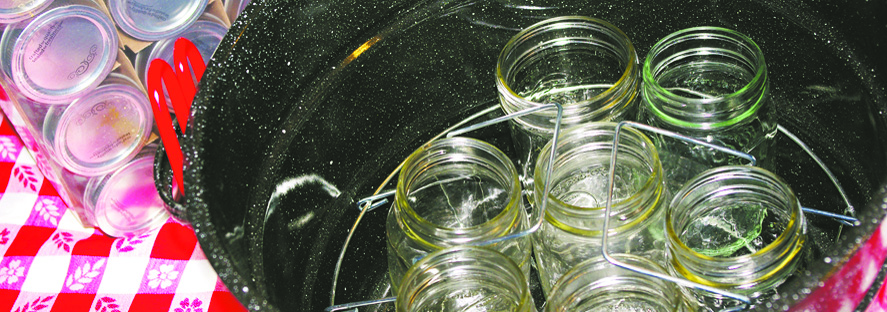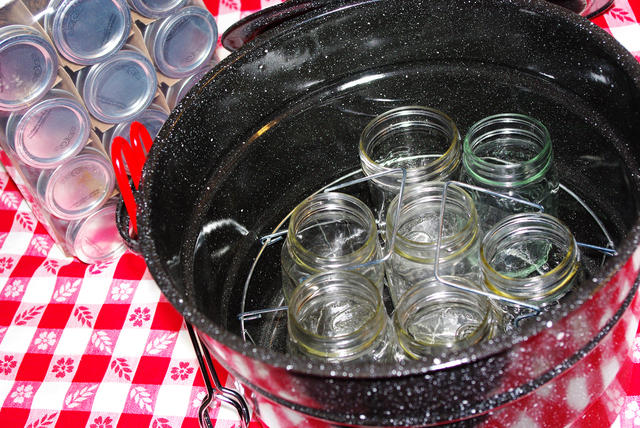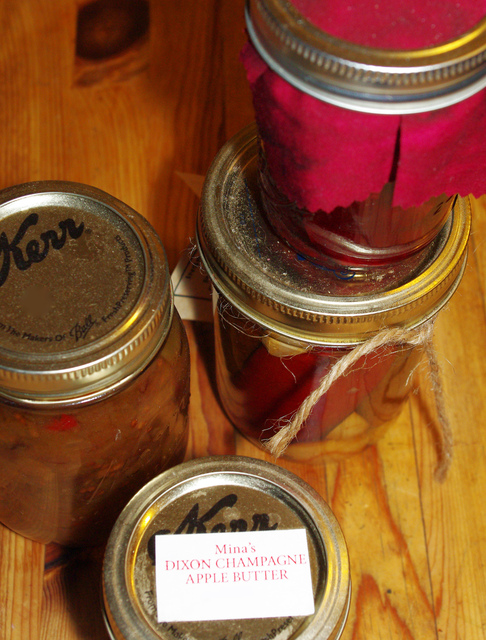In our musty Detroit cellar my mother tended a 5-gallon crock. She was making tsukemono —a fermented cabbage pickle that’s like kimchi but without the heat. When Mom made a new batch, she’d bring the crock up to the kitchen, wash it and layer wedges of napa cabbage on the bottom. She’d sprinkle the layer with a handful of raisins and some salt, and repeat the layering until the crock was two-thirds full.The crock went back to the cellar where she filled it with water and placed an inverted plate over the cabbage. She weighted it with a round stone the size of your head. A finished batch would be rinsed and stored in the fridge to accompany many a bowl of steaming white rice. Tsukemono was my introduction to homemade pickles that employed a process learned over generations.Years later, a college friend shared her recipe for mustard pickles using a variety of garden veggies. I’m sure many readers have similar memories of jars filled with one-of-a-kind flavors.Preservation is a practical way of extending our food supply and a lot of fun in the making. I began putting up pickles and jams about a decade ago when I had a craving for green tomato pickles. New Mexico has inspired my food preserving activities with its long history of drying chile, jerky meats and chicos.Most of my recipes and processing instructions come from the web. I want to use safe methods, and the National Center for Food Preservation is my go-to reference site. The Ball/Kerr site freshpreserving.com is a good source of basic information and includes recipes for processing foods from jams to potted meats to soups. As you can imagine, canning proteins requires stringent safety precautions. You can find most of the equipment you’d need in grocery or hardware stores. For canning, you can reuse lids and empty half-pint, pint and quart jars to save cost.Right about now, growers’ markets are bringing out the end of their crops. I’m looking for green tomatoes, small cukes and ripe fruits for big batches—10 to 20 pounds of produce per recipe. The small cucumbers are perfect for dill and sweet pickles. The best part of putting up your own foods is personalizing the recipes to suit your taste, as I discovered a few years ago before Thanksgiving. I wanted a change from standard cranberry relishes and decided to find something with green chile in the mix. Incredibly, there wasn’t one such combination on the web—and I checked thoroughly. Chutney, a sweet-savory preserve, was the answer. The Great British Kitchen has an abundance of preserve and chutney recipes. With these as reference, I devised a green-chile-cranberry chutney that has become one of my favorites, and not just over the holidays.This is the time of year to take advantage of your backyard harvest and the markets. It’s not that hard to make great jellies, apple butter and whatever else you might desire a few months down the line. And your friends will love you all the more when you share your efforts with them.
Send your restaurant tips, food events and other delicious tidbits to food@alibi.com











